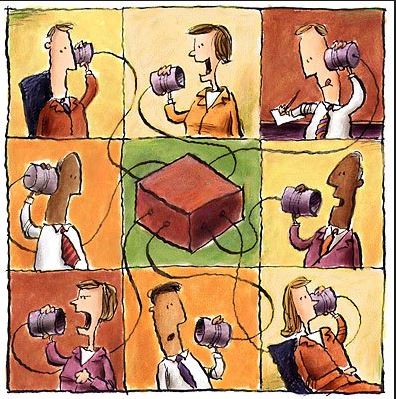12 Reasons to Do a Communications Audit Immediately
Communications is at the core of success and therefore, a periodic communications audit is critical to ensure that you are meeting the changing needs to your stakeholders. Here are 12 reasons to do a communications audit immediately:
 |
| Image Courtesy of www.bcrealtysolutions.ca |
1. You are no longer getting the same level of employee feedback as you once did.
2. Your external stakeholders are no longer engaged.
3. Repeat Customers have diminished.
4. Your Top of the Funnel Sales Leads have decreased.
5. Regulators or legislative bodies claim that they don’t know what you are doing.
6. The media report that you are not available for comment or did not respond by time of deadline.
7. Your read rate of online newsletters has decreased.
8. Employee retention is an issue.
9. Employee sick time is increasing.
10. Labor relations is an issue.
11. Investors are not happy.
12. You don’t know what medium is the right one to communicate with employees, customers, stakeholders, regulators, media, etc.
The good news is that a communications audit can be done to determine strengths and weaknesses between management and employees and management and external parties. The focus can be exclusively on the internal or external relationship, or both. An audit will not only determine strengths and weaknesses, but it will also determine the channels of choice for specific audiences, frequency of communication and how different types of communications should be addressed for specific audiences.
For more information on how to do a Communications Audit, check out: 8 Key Steps for a Successful Communications Audit.
